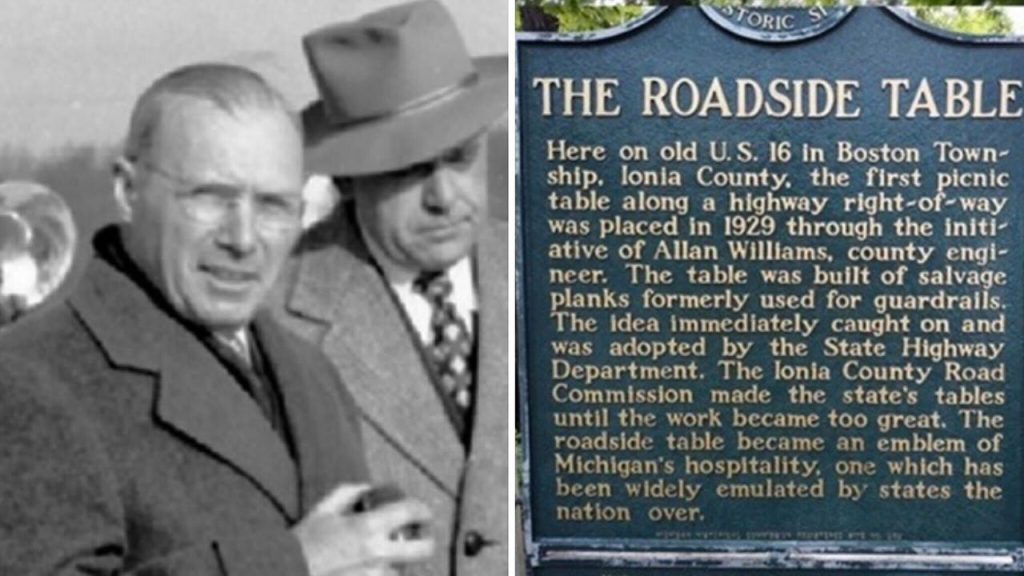The 1920s saw the rise of the Motor City in Detroit, Michigan, with Chrysler, Ford, and General Motors emerging as the world’s three biggest automakers. As the popularity of automobiles grew, the need for safe and convenient travel routes increased. Allan Williams, the first highway engineer in rural Ionia County, Michigan, played a significant role in developing the American highway system. Williams was a visionary who not only created America’s first roadside rest area in 1929 but also influenced the design of highway road maps, road signs, and even snow plows, shaping the way we travel on highways today.
Allan Mackenzie Williams, born in 1892 in Ludington, Michigan, inherited his passion for engineering and fixing things from his father, who was an electrical engineer. Williams found his calling in 1919 when he became the county engineer for the Ionia County Road Commission. At a time when roads were mostly unpaved, Williams recognized the growing need for convenient facilities for travelers along highways. His idea for a roadside rest area, inspired by a family picnicking on a tree stump, became a viral success. Williams utilized leftover materials to create picnic tables along Route 16 in Michigan, which received widespread acclaim from motorists across the country.
The popularity of automobiles in the 1920s led to a surge in the number of cars registered in Michigan, creating a demand for better facilities for travelers on the road. Williams’s vision for highway respite spread quickly, with nearly 1,500 picnic tables installed around Michigan by 1937. The state eventually took over the responsibility of maintaining these roadside rest areas, and today, there are over 1,400 full-service highway rest areas along U.S. interstate highways. Despite some dispute over the origin of roadside picnic tables, with references to Connecticut establishing a site in 1928, Williams’s role in creating a state and national phenomenon cannot be underestimated.
Allan Williams left a lasting legacy not only in the development of the American highway system but also in his home county of Ionia. His contributions to transportation history, such as designing the first state highway road map and championing the construction of wider highways, have had a lasting impact. Williams was a civic-minded individual who served as president of the Ionia County Free Fair, helped engineer the Ionia County Airport, and contributed to the county hospital board. His efforts during World War II to turn scrap metal into munitions showcased his commitment to serving his community and his country.
Williams’s role as a pioneer in the early development of Michigan’s highway system has been recognized and honored by the Michigan Tourism Award in 1976. His contributions to encouraging tourism in the state and shaping the way people travel on highways have been invaluable. His legacy lives on through the thousands of picnic tables and rest areas that provide travelers with a place to rest and refresh on their journey. Allan Williams’s impact on transportation history, as a visionary engineer and civic leader, continues to be felt today in the convenience and safety of the American highway system.


